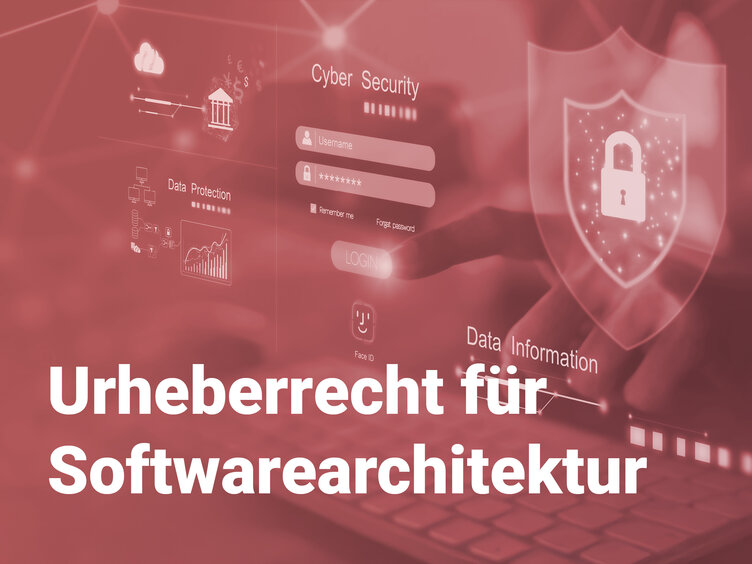Copyright for software architecture: Protection of system designs in license management (2025)
Software architecture copyright protects the unique structure, arrangement and interaction of components of a software system as an intellectual creation. It includes design documents, data flow diagrams, module hierarchies and other conceptual elements that go beyond pure functionality. The specific form of expression is protected - not the underlying idea or technical function.
Importance in software protection
Why it is crucial in 2025:
- Safeguarding innovation: architectural designs are often the result of months of research - stealing them jeopardizes competitive advantages.
- Licensing basis: Clear copyrights enable granular usage licenses (e.g. for cloud modules or APIs).
- Compliance risk management: 78% of IT legal disputes in 2024 involved architectural plagiarism.
Protected elements
Not every architecture is eligible for protection - individual design is a prerequisite
| Protected | Not protected |
| Data flow diagrams with custom layout | Generic MVC structure |
| API interface designs | Standard architecture pattern |
| Microservice interaction models | Pure function descriptions |
| Security layer configuration | Basic algorithmic principles |
Influencing factors
What characterizes protection 2025:
1. Depth of documentation: the more detailed the design material (e.g. UML diagrams), the easier it is to prove independence.
2. Technology trends: AI-generated architectures challenge jurisdiction.
3. Open source share: >30% OSS components - Protection claims may expire.
Advantages for companies
- Monetization: Licensing of architecture best practices as SaaS (example: AWS Well-Architected Framework).
- M&A valuation: Protected architectures increase company value by up to 40%.
- Crypto security: Blockchain-based proofs of architecture enable tamper-proof copyright registers.
Practical example 2025
Case: Fintech startup “SecureFlow” sues against replica of its fraud detection architecture.
- Protected: Own layering of ML modules + data validation layers
- Decision: Munich Regional Court I recognizes copyright - damages € 2.3 million
Conclusion
By 2026, experts expect:
- 60% of companies will use AI-supported architecture audits for legal enforcement
- Quantum computing architectures will trigger new protection debates
For license management systems, this means
1. Meta-tagging: Automatic capture of protected architecture features in license agreements
2. Dynamic compliance: real-time checks against architecture databases
3. API-First Protection: Granular assignment of rights for architecture interfaces
Author:
Steffen Kätsch
Senior Support Engineer / Consultant License Management
Education: FH Jena
Expertise: License Management Software Licensing Software Protection IT Compliance Digital Rights Management
